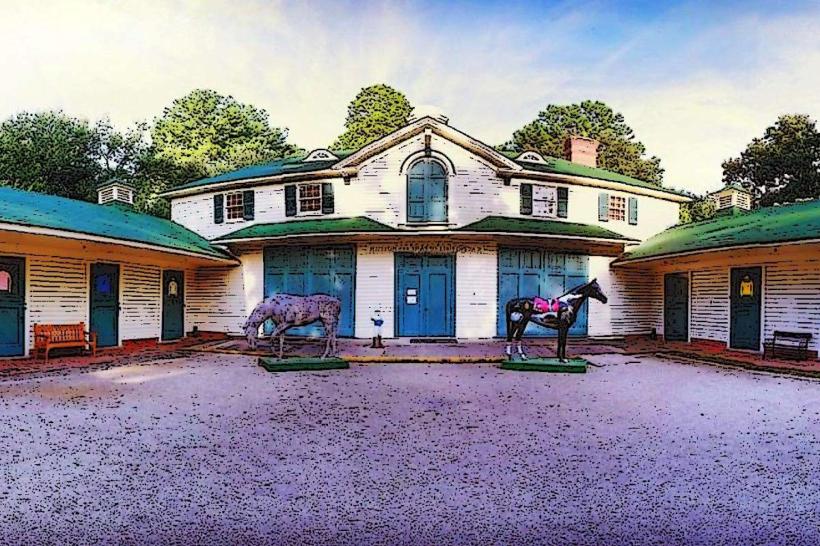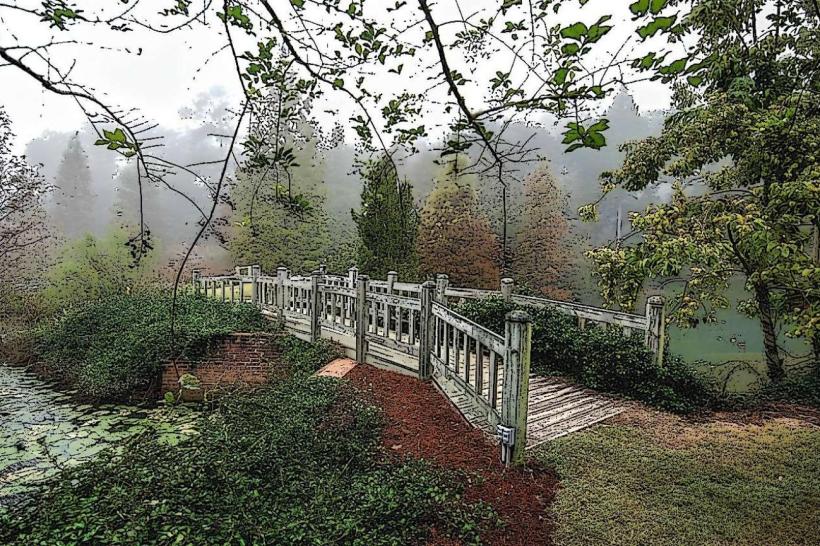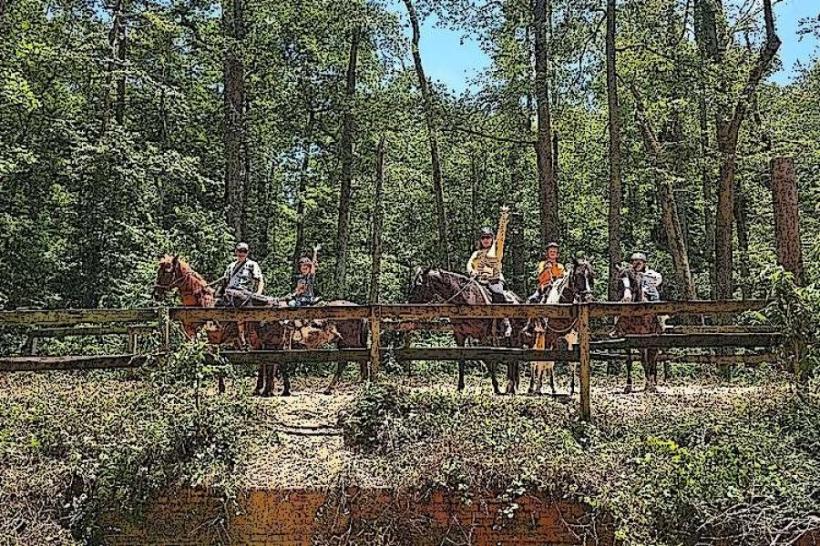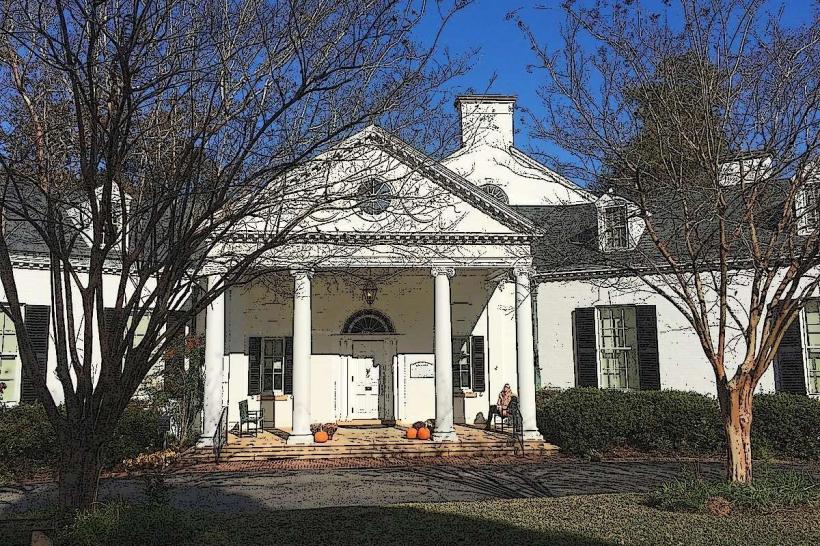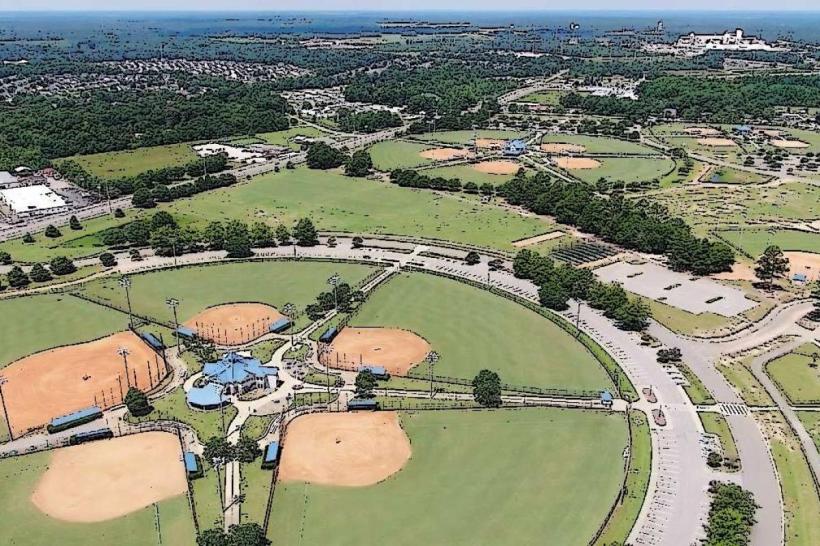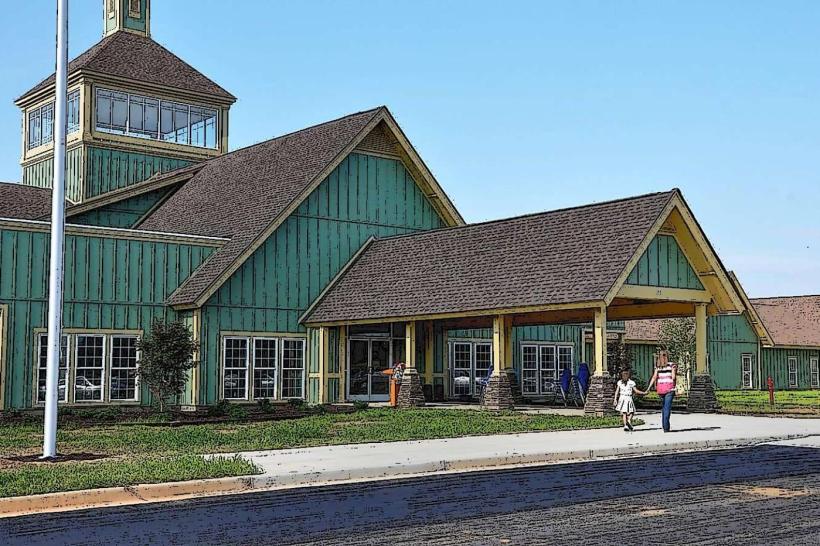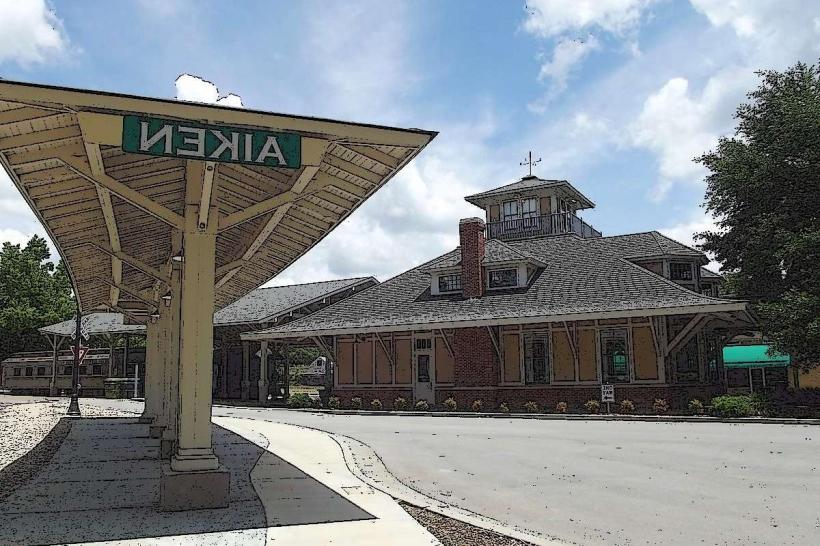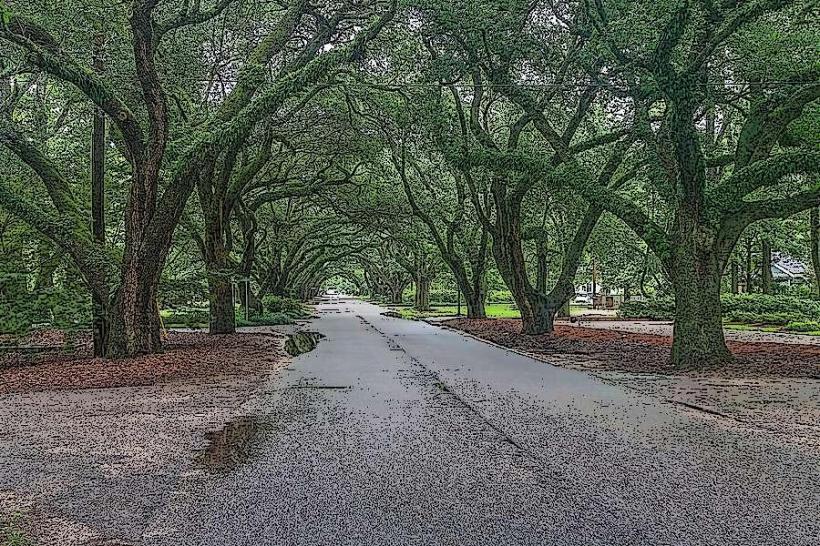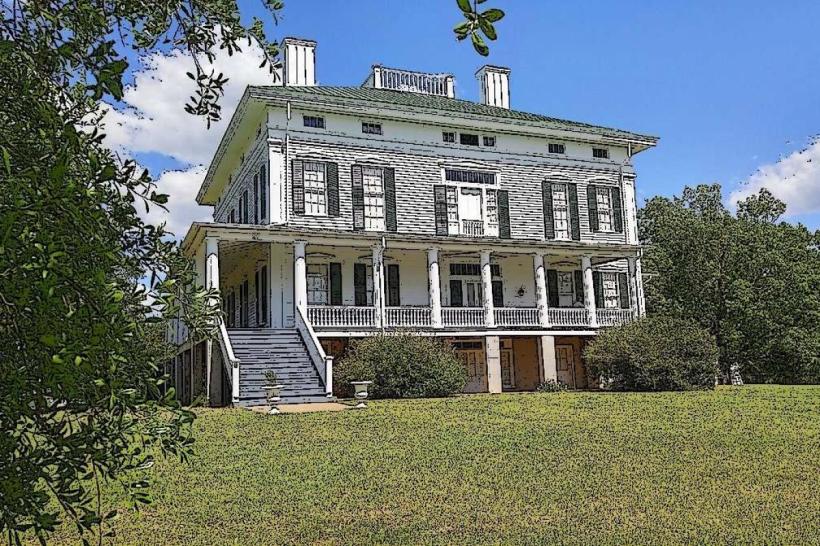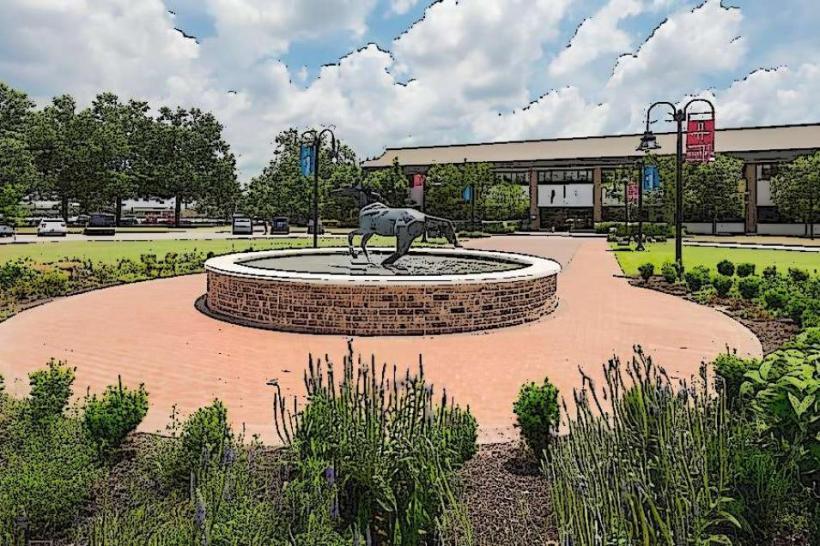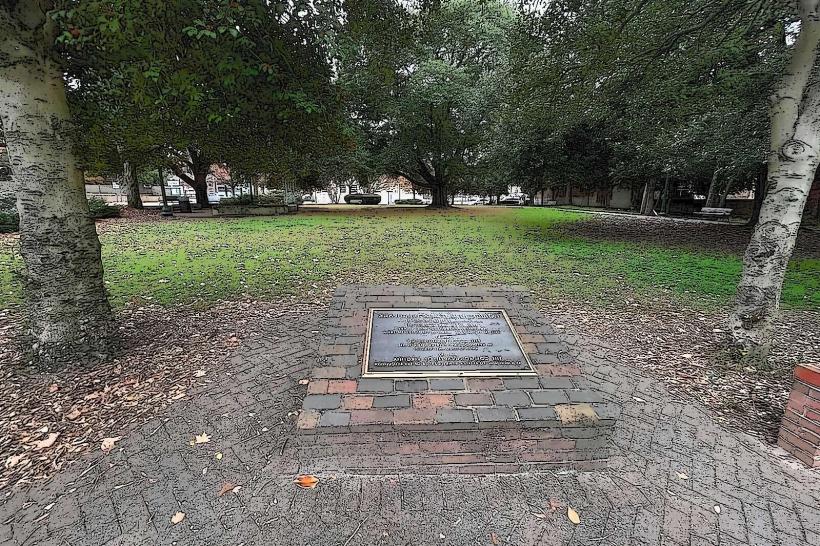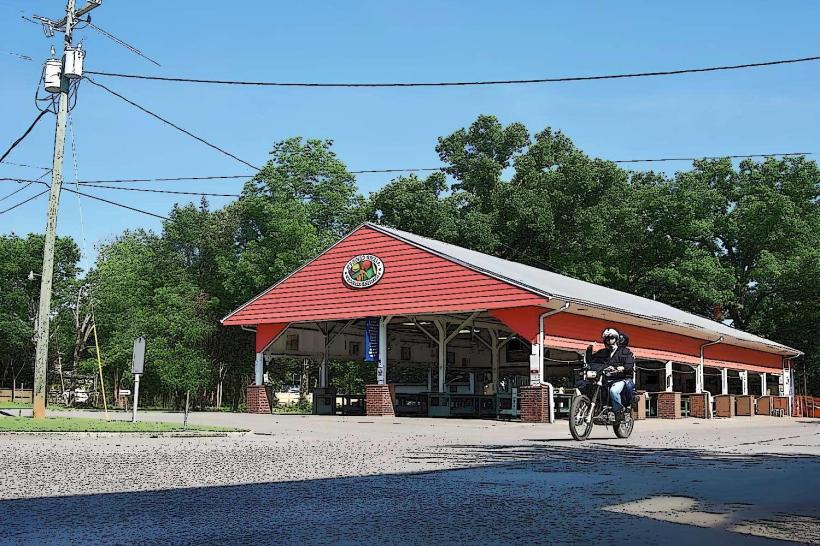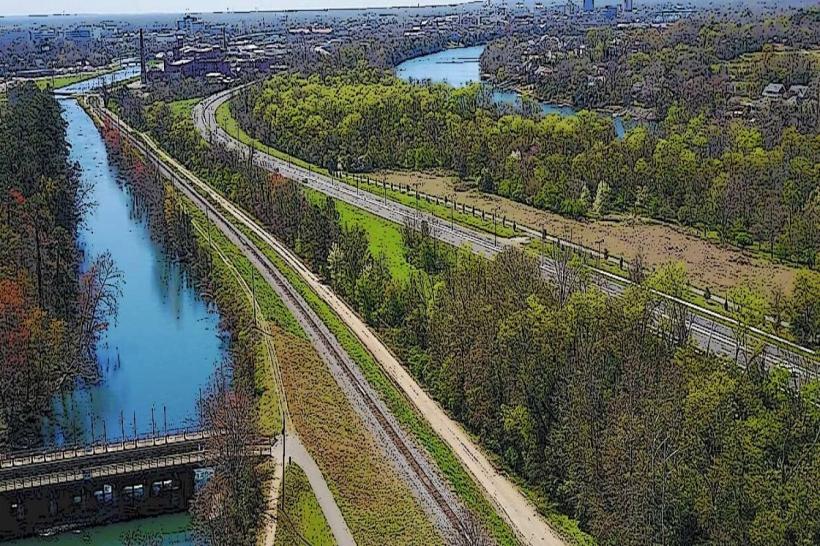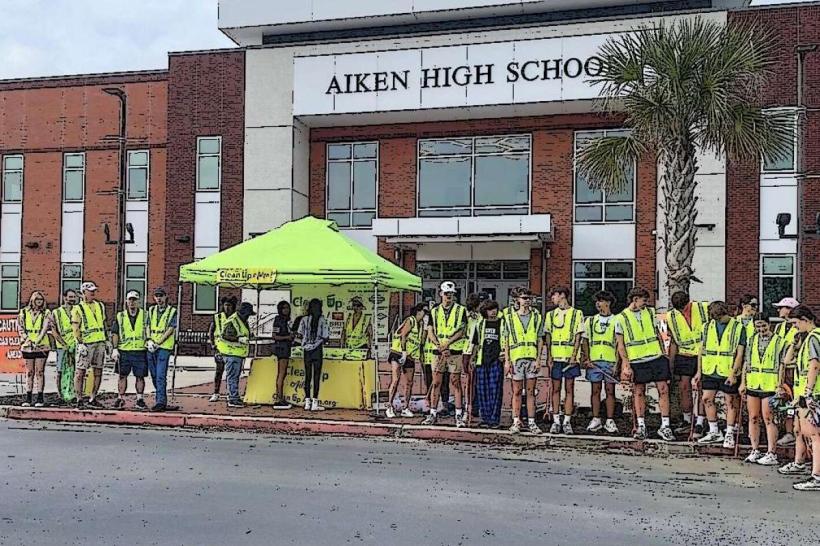Information
Landmark: Aiken Municipal AirportCity: Aiken
Country: USA South Carolina
Continent: North America
Aiken Municipal Airport, Aiken, USA South Carolina, North America
Aiken Municipal Airport (Aiken Regional Airport, AIK) – In Detail
Overview
Aiken Municipal Airport, more commonly known as Aiken Regional Airport (AIK), is a public-use facility owned by the City of Aiken, South Carolina. Located about five miles north of downtown Aiken, it primarily serves general aviation, corporate, and limited charter flights rather than scheduled commercial airlines. Despite its regional scale, the airport is an important transportation hub for businesses, recreational pilots, and visitors to the Central Savannah River Area, which includes nearby Augusta, Georgia.
Historical Background
The airport was originally established during World War II as the Aiken Army Airfield in 1942. At that time, it functioned as a training base for reconnaissance and fighter pilots. Its strategic location near the Savannah River Site and Augusta made it an asset during the war. After the conflict, the facility was decommissioned and turned over to the City of Aiken for civilian use. Since then, it has been modernized and adapted to meet the needs of general aviation and private users while retaining its historical roots as a military airfield.
Facilities and Layout
The airport spans roughly 700 acres and sits at an elevation of 528 feet above sea level.
Runways:
Runway 7/25 – The primary runway, measuring 5,500 × 100 feet, with asphalt surfacing. It supports instrument landing systems (ILS/DME) and is equipped with precision approach path indicators (PAPI) and medium-intensity runway lighting. This makes it suitable for a wide range of aircraft, including business jets.
Runway 1/19 – A secondary runway, 3,800 × 75 feet, also asphalt, mainly used by smaller general aviation planes.
Taxiways and Ramp: Multiple taxiways connect the runways to a spacious apron with tie-downs and hangar facilities. The ramp area accommodates transient aircraft, corporate jets, and long-term based planes.
Aircraft Activity: The airport handles about 28,000 aircraft operations annually, averaging 77 per day. These are composed of:
~93% general aviation (private and business flights)
~6% air taxi operations (charters)
~1% military traffic
Around 47 aircraft are based at the airport, including single-engine planes, multi-engine aircraft, and a small number of private jets.
Terminal and Services
The main terminal building reflects Southern charm and historic-inspired architecture, creating a welcoming environment for visitors. Inside, it houses the fixed-base operator (FBO), Aiken Aviation Enterprises, which provides a full suite of services:
Fuel Services: Jet-A and Avgas 100LL, with full-service fueling and volume discounts.
Ground Services: Aircraft parking, hangar storage, quick-turn service, GPU and de-icing as needed.
Amenities: Pilot lounges, flight planning rooms, Wi-Fi access, showers, and conference facilities.
Travel Support: Rental cars, courtesy crew cars, catering arrangements, and hotel bookings.
This combination of convenience and amenities makes it attractive to business travelers and private pilots seeking professional service in a smaller, less congested setting compared to major airports.
Role in the Community
The airport is a gateway to Aiken for visitors attending major local events such as the Masters Golf Tournament in Augusta, equestrian competitions at Aiken’s numerous training grounds, and cultural festivals. Its ability to handle corporate jets allows business leaders and dignitaries to reach Aiken directly without using larger commercial hubs.
It also serves as a center for aviation education and recreational flying. Flying clubs, flight schools, and private owners use its facilities year-round, adding to the airport’s role in supporting the local economy and community.
Sustainability and Future Development
The City of Aiken has shown commitment to maintaining the airport’s relevance by investing in infrastructure improvements, including runway resurfacing, lighting upgrades, and expanded hangar space. Future plans often include expanding support services for business aviation, attracting more corporate flights, and promoting the airport as a regional economic driver.
Visitor Tips
Access: The airport is easily reached via U.S. Route 1 and SC Highway 19, within a short drive of downtown Aiken.
Best Time to Visit: During spring, especially around April’s Masters Tournament, the airport is busiest and showcases its role as a regional aviation hub.
Services: Those flying in can expect courteous service with the small-town hospitality that Aiken is known for, combined with the professional support expected at a modern regional airport.
Aiken Municipal Airport strikes a balance between its historic legacy, community role, and modern aviation services, making it a vital yet approachable airfield in South Carolina’s Midlands region.

